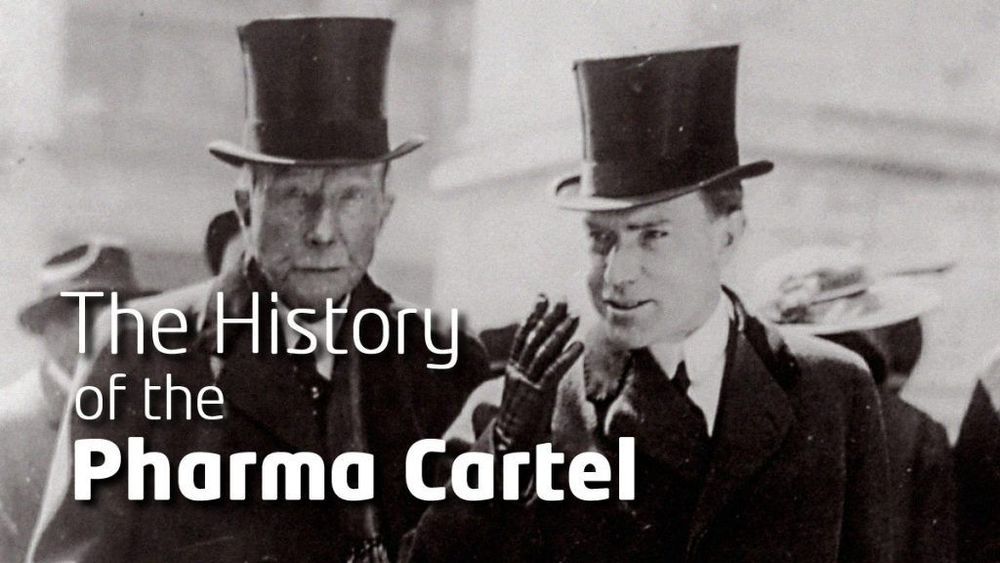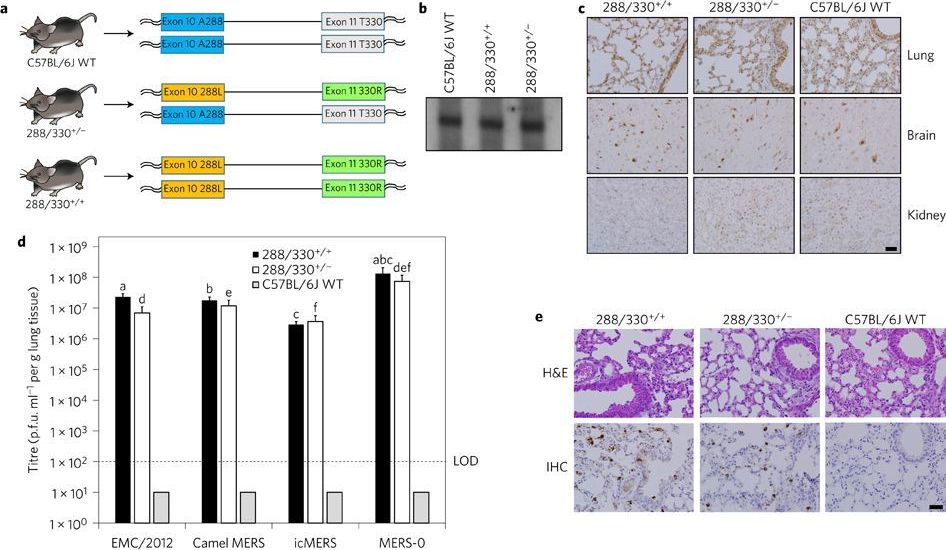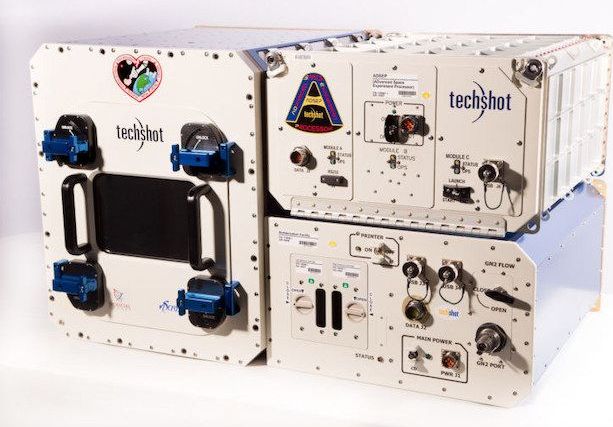The Supreme Court of the U.S. finds John Rockefeller and his Trust guilty of corruption, illegal business practices and racketeering. As a result of this decision, the entire Rockefeller Standard Oil-Trust, the world’s largest corporation of its time, was sentenced to be dismantled. But Rockefeller was already above the Supreme Court and did not care about this decision.
In order to disperse public and political pressure on him and other robber-barons, Rockefeller uses a trick called “philanthropy”, whereby the illegal gains from his robber-practices in the oil business are used to launch the Rockefeller Foundation. This tax haven was used to strategically take over the health care sector in the U.S…
The Rockefeller Foundation was the front organization for a new global business venture of Rockefeller and his accomplices. This new venture was called the pharmaceutical investment business. Donations from the Rockefeller Foundation went only to medical schools and hospitals. These institutions had become missionaries of a new breed of companies: the manufacturers of patented, synthetic drugs.









